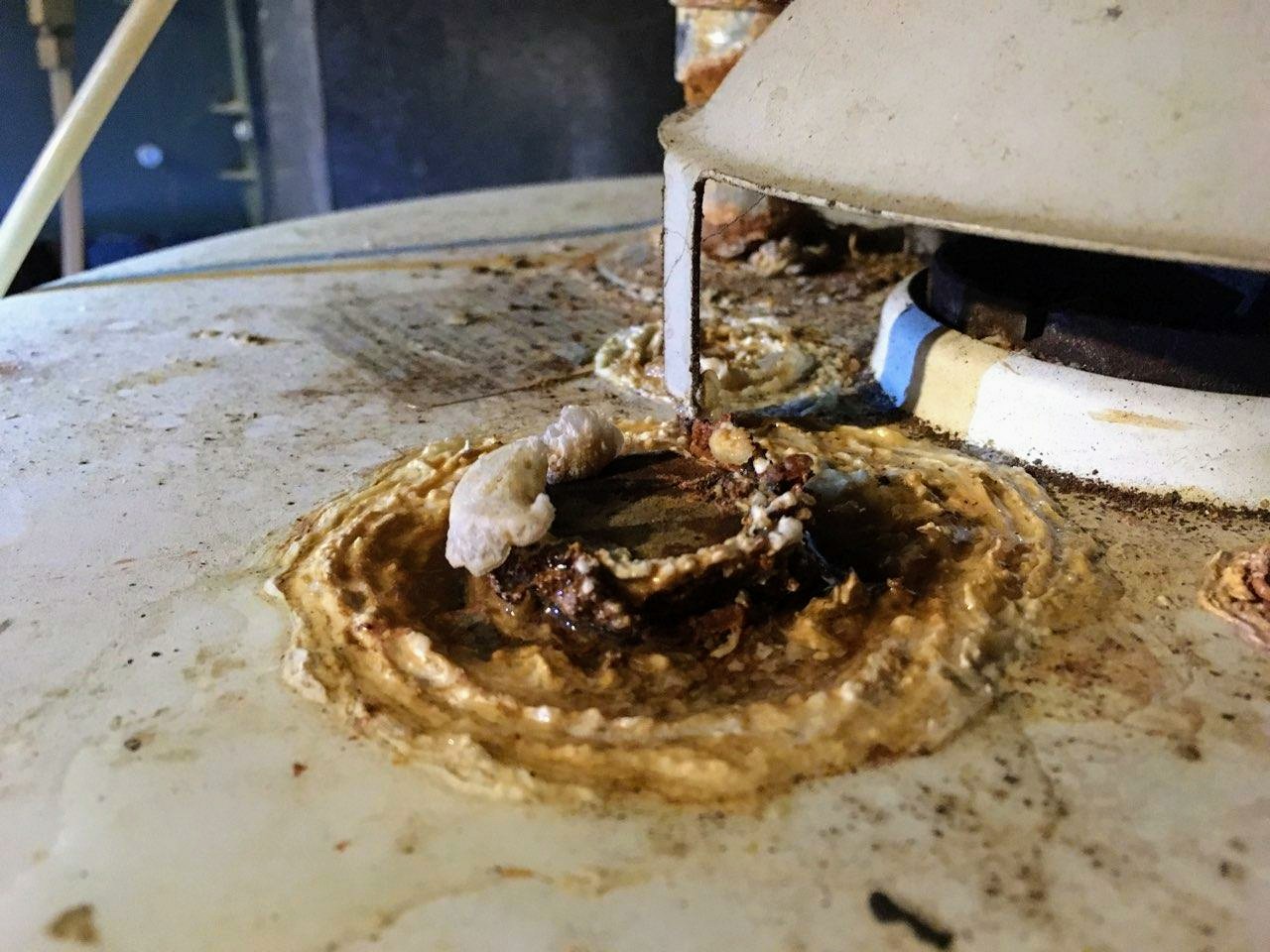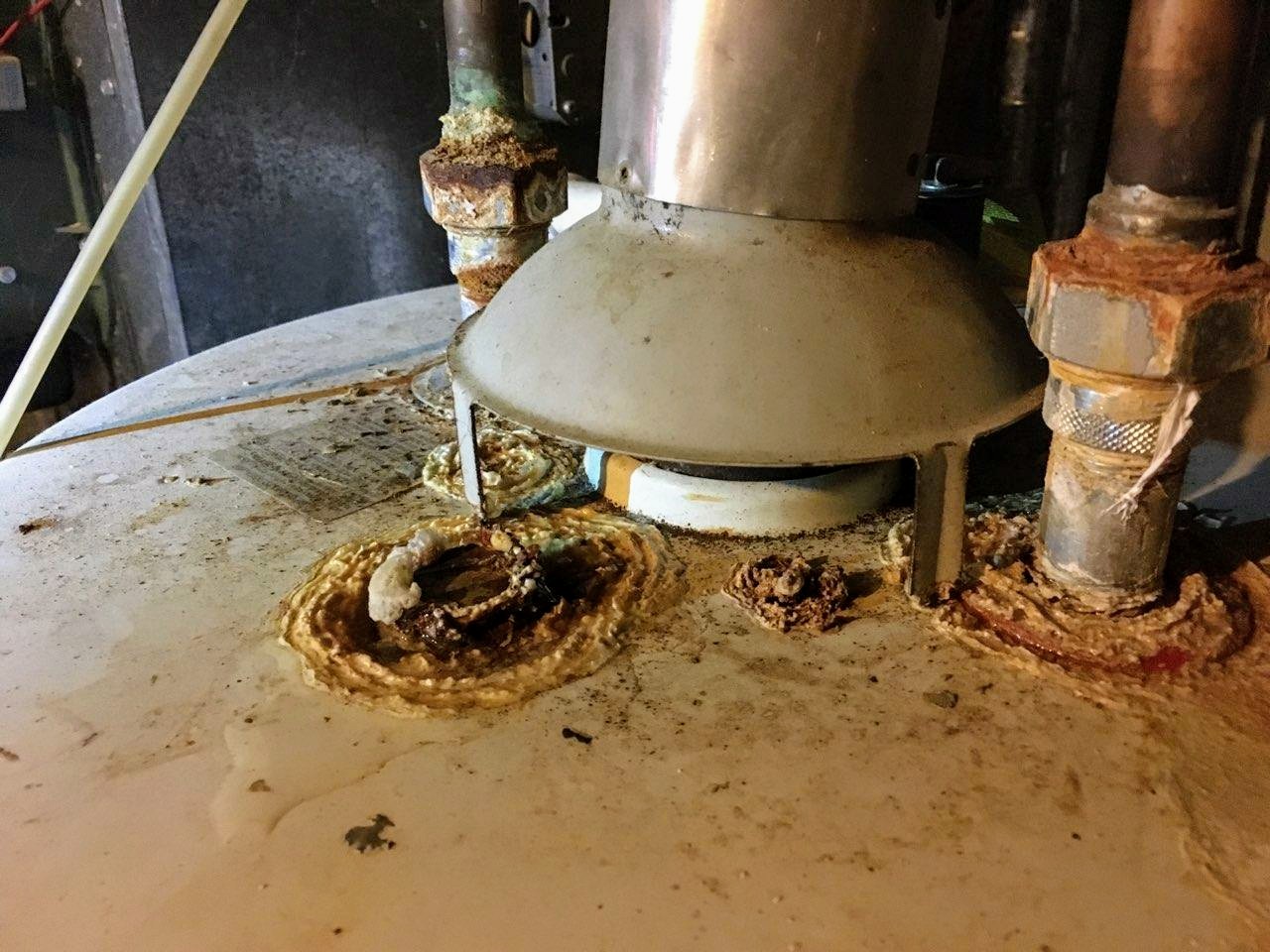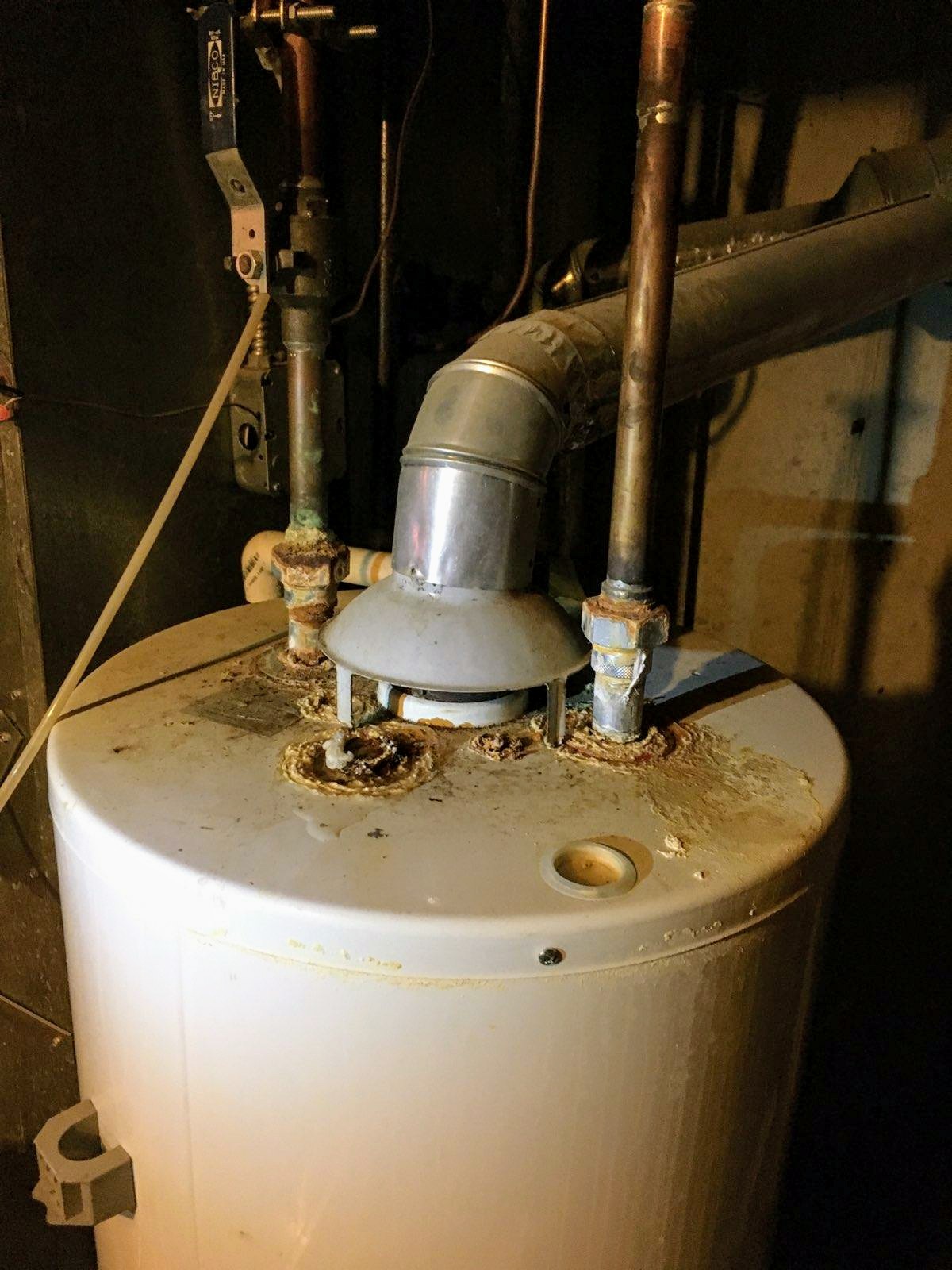First, the dangerous news: in several homes, exchange the heater is that the most frequent—and expensive— major plumbing repair within the house. whereas the typical most service life is regarding twelve years, some heaters might last solely that long, notably if H2O is rife within the space. Now, the nice news: correct maintenance performed by a certified journeyman will extend heater life and create the high value of replacement a so much less frequent expense. skilled preventive maintenance ensures most service life from your heater, moreover as reducing water heating bills. Here square measure 3 signs that you’re owed for a check-up:
High operational prices
Dissolved minerals in your native municipal water system accumulate as a layer of sediment within your heater tank. This causes the heater to run longer to heat water to the right temperature, boosting monthly bills. This hardened mineral sediment, referred to as scale, affects all plumbing and may be a major reason behind early heater replacement. whereas it’s still loose, sediment may be simply flushed out of the tank—a easy maintenance procedure any qualified journeyman will handle. However, if sediment is allowed to harden over time, the complete heater should get replaced. Schedule regular heater flushing once a year to stay the tank sediment-free.
Water Smells Funny
The anode put in within your heater prevents corrosion that eventually causes tank discharge. Over time, the anode step by step dissolves because it is exposed to corrosives within the water. This method might add associate progressively obvious “rotten egg” smell to predicament. Anode examination ought to be performed each 3 years by a journeyman. If it’s found to be deteriorating, this screw-in part may be replaced while not exchange the complete heater.
Dribbling TPR Valve
It stands for “Temperature and Pressure Relief” valve. put in within the prime or facet of the tank, the TPR valve opens mechanically to alleviate excess pressure within the tank caused by high water temperature. It’s a very important safety part. However, issues with the TPR aren’t typically associated with reliable operation of the valve. They’re associated with discharge. A TPR valve that dribbles ceaselessly (usually as a result of mineral deposits interfere with sealing) wastes water and causes the heater to cycle and off additional oft. A journeyman will check for correct protection of the valve and simply replace it if it’s leaky.







Recent Comments